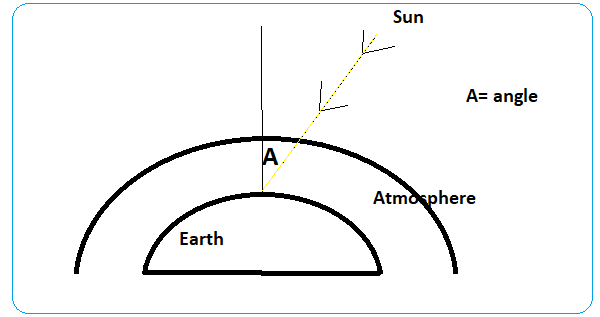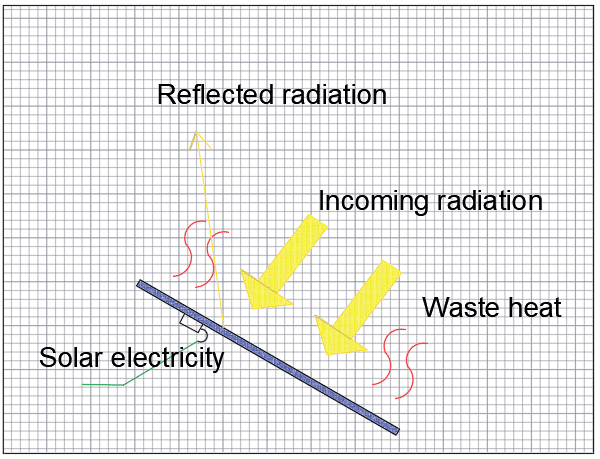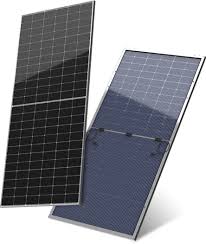Comparing Different Solar Modules: Which One Is The Best?
Over the lifetime of the system, small differences in module qualities can result in vastly different performances and returns on investment. Consider two different solar modules that we at Space Solar install.
- LG Neon 2 Solar modules
- Honey M-Plus 60 frame modules
The LG Neon 2, 60 cell module such as the LG 370 N1C-N5 is a high-performance module, it costs more but performs better than the Trina Honey M-Plus 60 cell module.
Comparison of different solar modules
The table below compares the two solar modules:
| Characteristic | LG Neon 2- 60 Cell LG 370 N1C-N5 | Trina Honey M-Plus 60 Cell TSM-DD05A(II) |
| Material type | N type monocrystalline | P type monocrystalline |
| Area | 1.7m*1.016m | 1.65m*0.992m |
| Maximum Power at STC | 370W | 315W |
| Efficiency at STC | 21.4% | 19.2% |
| Power at nominal operating conditions (42 dC, 800W) | 277.2 W | 238W |
| Power change as a function of temperature | -0.34 %/ degrees Celsius | -0.39 %/ degrees Celsius |
| Product Warranty | 25 years | 10 years |
| Performance Warranty | 90.1 % after 25 years | 80% after 25 years |
Material type: What is an N-type solar cell and why does it have an advantage over the P-type solar cell?
N-type means predominately doped with phosphorous whereas P-type solar silicon means silicon is predominately doped with boron.
The N-Type solar monocrystalline silicon has a slight advantage over the P-type as it has fewer boron atoms diffused into it and thus suffers less from the boron cause light-induced degradation, what this means is the N-type solar silicon allows for slightly higher efficiency.
How is maximum power measured in solar modules?
Maximum power is measured under STC or Standard Test Conditions which are 1000W/meter squared illumination, under 1.5 AM and at a cell temperature of 25 degrees Celsius – what this means is the cells are cooled down to 25 degrees and that the air that the light passes through is the same as if the sun was passing through the atmosphere at A = 48.2 degrees from overhead down to the earth.

The result is that the LG module produces 370W under these conditions and is 21.4% efficient under these conditions.
However, the reality is often that the solar modules will not be operating under these conditions as the solar modules tend to run hotter than 25 degrees Celsius due to the waste heat that the solar module generates by the nature of the spectral distribution of our sun.
Only some of the radiation is turned into electricity whilst the rest is either reflected or absorbed and translated into thermal energy. For this reason, the table above refers to the nominal operating conditions as 42 degrees Celsius for the LG module.
Why do we care about the temperature coefficient of the power?
We care about the temperature because at the lower temperatures we have higher voltages across the cell and this means that we have higher power production as Power = Voltage * Current.
So generally the incoming radiation is converted into waste heat or useful solar electricity as the diagram below shows, however, as the solar modules are only 21.4% efficient there is a large amount of energy that is converted to heat energy and so without active cooling.
The module will be far above the 25-degree temperature at which the rated power is produced, 370W for the LG module for example.
A measure of how well the solar modules perform is therefore the percentage change in power production per degree Celsius over the standard test conditions.

Why do we care about efficiency?
If we take the LG modules for example and make up an imaginary single module solar system with no cable losses, dirt losses, shade losses or inverter losses and compare it to a single module system of the Trina Honey M module then we can see that for a location in Sydney.
During December where the modules are tilted 35 degrees, we see the energy that reaches the modules per meter squared is 6.32 kWh. Now if we multiply that by the efficiency:
- The LG module will produce 6.32 * 1.7*1.016*0.214 = 2.336 kWh per day and 72.42 kWh over the whole month of December.
- The Trina module will produce 6.32*1.65*0.992*0.192 = 1.986 kWh per day or 61.57 kWh over December.
So comparing two different modules with different efficiencies it can be seen how energy generation differs over one day or over one month.
Why do we care about product warranty and performance warranty?
Product warranty is the most important warranty to consider as it is the warranty that takes care of the operation of the product against any defects that may arise due to product aging.
With most module manufacturers this is about 10-15 years, we can see the product warranty for the LG modules are 25 years meaning that if a solar module proves faulty through regular maintenance checks then the owner of this module can have a replacement module sourced from the manufacturer free of charge.
It is basically a measure of how sure the manufacturer is about the module lasting free of major defects. For the Trina module, the product warranty is only 10 years.
Performance warranty basically shows how sure the manufacturer is that the module will maintain high performance over its lifetime. It states what the expected power output should be as a percentage of its rated power output after a period of years.
For the LG panel, the performance warranty states that the solar module will still be able to produce 90.1% of 370W under standard test conditions after 25 years of operation. For the Trina module, the performance warranty is only 80% after 25 years.
Conclusion
In comparison, it is obvious that the LG solar modules beat the Trina module in terms of efficiency, longevity and warranty term however choosing the Trina option may be the best option for you if you are on a budget, the LG module is for those who are seeking excellence in quality and are happy to pay accordingly.




 1300-713-998
1300-713-998